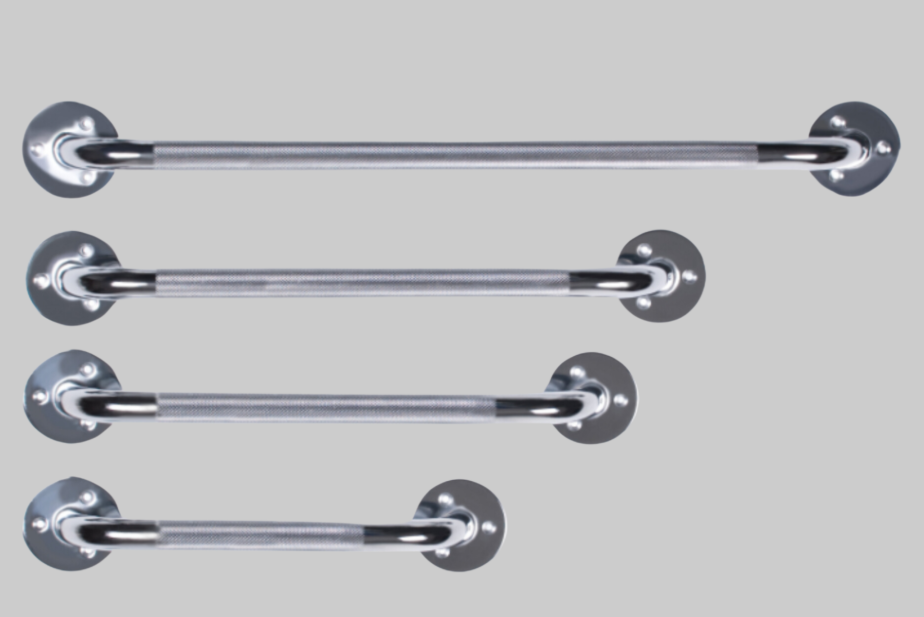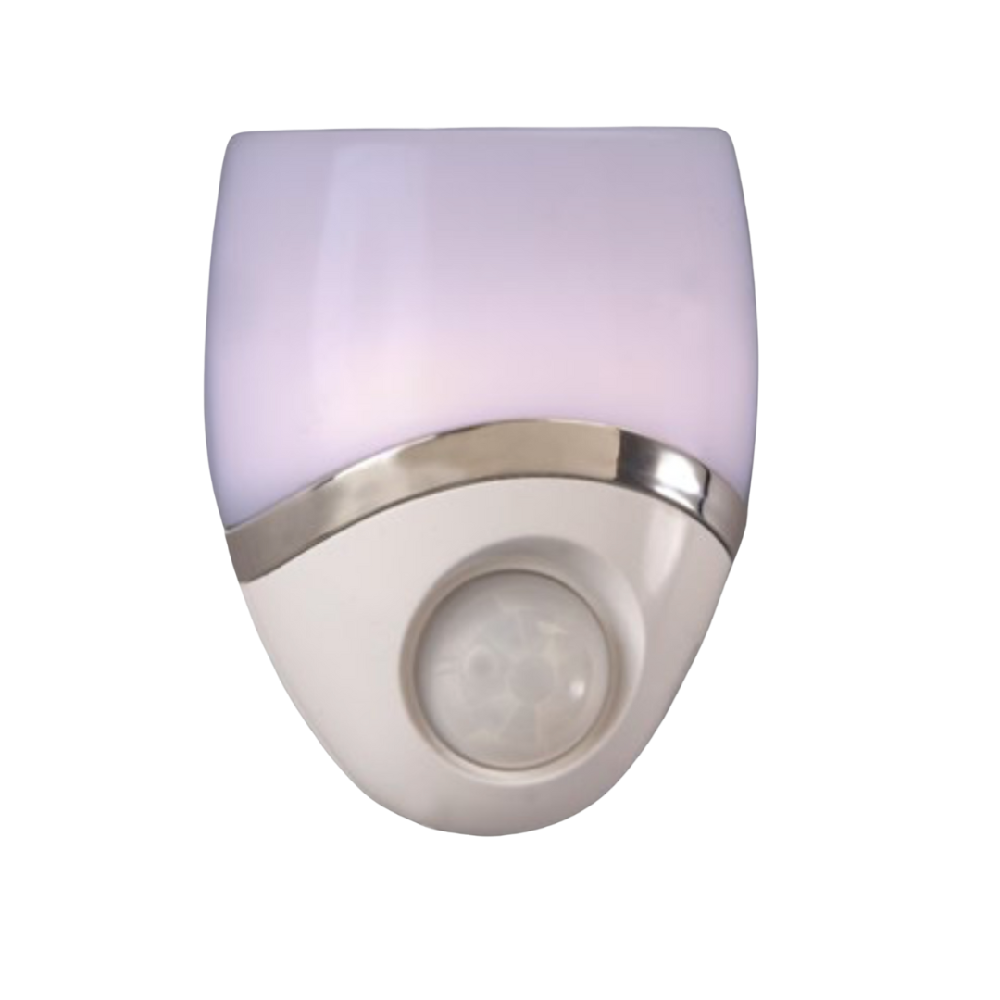Home Modifications for Aging in Place: Creating a Safe and Comfortable Environment for the New Year
As we ring in the new year, many of us are thinking about resolutions, fresh starts, and setting intentions for the months ahead. For aging adults or those with disabilities causing limitations within their household, one of the most important resolutions could be to make their homes safer and more comfortable for years to come. Whether you're planning to age in place or are caring for a loved one, making simple, thoughtful home modifications can have a huge impact on maintaining independence and enhancing quality of life.
In this blog, we’ll explore key home modifications that can help seniors or those with limited mobility stay safe and independent in the new year and beyond.
1. Improve Bathroom Safety
The bathroom is one of the most common areas where falls occur for seniors with limited mobility or poor balance, but with some simple adjustments, it can become a much safer space.
- Install Grab Bars: Place grab bars near the toilet, in the shower, and around the bathtub to provide stability. Consider grab bars that are non-slip or textured and can handle weight-bearing stress. Grab bars also come in a variety of colors. If choosing a colored bar, red and yellow are preferred because they are easiest to see because of their ability to reflect light, as well as being colors our memory hold onto the longest. Alternative to a grab bar is a Super Pole, a floor to ceiling grab bar that can be placed anywhere a grab bar is needed without the need for wall mounting. Installation is easy, installing in just minutes using a simple jackscrew expansion (tension rod style) between the floor and ceiling. This grab bar system does not require drilling or wall mounting, can be installed in virtually any area of a room, and can be easily moved exactly where it is needed. This Super Pole can be placed by your favorite chair, couch, bedside or in the bathroom by the toilet and shower/tub.
- Non-slip Bathmats: Prevent slippery surfaces by adding non-slip bathmats or adhesive strips in the tub and an absorbent bathmat outside the shower for drying feet immediately. If low vision is a concern, consider a bright colored mat for visibility and safe foot placement.
- Shower Chair: A shower chair or bench allows seniors to sit while showering, reducing the risk of losing balance. Shower chairs and benches are available in a blue color to enhance visibility, compared to white/gray that could blend in with tub walls. Additionally, a shower chair or bench can have an added swivel/ rotation of the seat for users who have difficulty lifting their legs and minimize strain and unnecessary twisting. A fold down shower seat saves space and allows it to be folded for other users to use the shower, but who otherwise may not need the shower seat. A power bath lift allows seniors who love to soak in a tub to safely lower in and out of the tub, reducing the physical burden on the user and preventing the risk of falls.
2. Enhance Lighting Throughout the Home
Good lighting is essential for preventing accidents, especially as eyesight changes with age. Improving lighting throughout the home can help prevent trips and falls while enhancing overall visibility.
- Install Motion-Sensor Lights: Motion sensors can automatically turn on lights when you enter a room, hallway, or bathroom, so you never have to fumble for a switch in the dark.
- Brighten Dark Areas: Areas like hallways, stairways, and the kitchen can benefit from additional light sources, such as brighter bulbs or under-cabinet lighting.
- Nightlights Bedside, Hallways, and Bathrooms: Placing nightlights in hallways, bedrooms, and bathrooms ensures that nighttime trips are safer and illuminated.
3. Address Mobility Issues with Furniture and Flooring
As mobility challenges increase with age, it’s essential to make adjustments that support ease of movement throughout the home.
- Clear Pathways: Ensure that furniture is arranged in a way that allows for clear, wide pathways. Remove clutter or any tripping hazards such as rugs and cords.
- Install Ramps: If there are stairs leading into or within the home, consider installing ramps or transitional thresholds for easier access.
- Raise Furniture Height: If standing up from chairs or couches is difficult, raising the height of the furniture with furniture risers can make it easier to sit and stand. Adjustable or lift chairs/cushions can also help ease and safety from sitting.
4. Modify the Kitchen for Safety and Accessibility
The kitchen can be a high-risk area for older adults, especially if mobility, dexterity, or cognition becomes impaired. Making a few modifications can reduce the risk of accidents.
- Rearrange Pantry and Cabinets: Keep frequently used items at eye level to avoid unnecessary bending or reaching. Consider pull-out cabinets and adding a lazy Susan to make it easier to access items.
- Stove Safety: Consider a stove adaptation with an automatic shut-off feature for gas or electric stoves. Once the smoke alarm sounds, the stove adaptation will hear the smoke alarm and shut off the stove. Additionally, using burner covers and setting up a fire extinguisher nearby is always a good safety measure.
5. Focus on Entryways and Exits
Getting in and out of the home safely is essential for seniors. Small adjustments can make a big difference in preventing falls when entering or leaving the house.
- Install Handrails: Handrails on both sides of stairs or at entrances to the home provide extra support when walking up or down. An alternative to handrails is a doorframe grab bar. Stairs should have increased visibility through contrast strips on the top and bottom of the stairs.
- Ramp Access: If stairs are an issue, a ramp can be a great alternative to allow easier access to the home, especially for individuals who use walkers or wheelchairs. Some ramps can be foldable and transportable, making it an ideal solution when visiting family and friends or if living in a place that may not allow for a permanent option.
- Adequate Outdoor Lighting: Ensure that the driveway, walkways, and entryways are well-lit to prevent tripping over uneven surfaces in the dark.
6. Consider a Professional to Assess the Home
If you're unsure where to start with home modifications or if you're looking for personalized recommendations, consider working with an aging-in-place specialist or occupational therapist. These professionals can assess the home for hazards and provide expert guidance on making it safer for seniors.
Conclusion: A Safer Home in the New Year
Home modifications are a valuable investment in maintaining independence, health, and safety as we age. By making adjustments to the bathroom, kitchen, lighting, and flooring, and adding assistive technologies, you can significantly reduce the risk of falls and accidents while ensuring comfort and accessibility.
As we step into the new year, take the time to assess your living space and make the necessary changes to create a safer environment. Whether you’re aging in place or caring for a loved one, these simple yet effective modifications will help ensure that your home remains a haven of comfort and security for many years to come.
Here's to a safe, healthy, and happy new year, one where you and your loved ones can enjoy the peace of mind that comes with a well-modified home.

.png)

